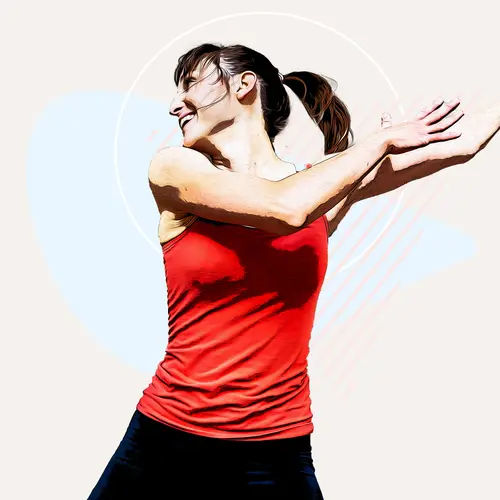If you have ankylosing spondylitis (AS), there may be a time when you turn to certain tools or professional caregivers to make it easier to complete tasks. A caregiver will help with your daily routine, while specific devices can help you efficiently finish chores and take pressure off of your joints.
Handrails and Walking Aids
Handrails around the house can help you with stability and balance. You can install them in your bathroom to help you safely get in and out of the bathtub or shower. There are also rails that you can use to help you sit down and stand up from the toilet.
To help keep your balance while you move, use a walker or cane. Walking aids can prevent falls and take weight off your hips, knees, feet, and ankles.
Raised Seats
If you have pain in your hips, knees, or back when getting up or sitting down on a chair, you may need a raised seat or a special cushion to take some of this pressure off. This can be especially helpful if you sit for long periods of time.
A taller toilet seat can make it easier for you sit and get up from the toilet. You can install a raised toilet seat or put a piece over your current toilet seat to make it higher.
Reachers
These devices have long handles with a grip tool on the end. They can help get items that are too high, too low, or uncomfortable to reach with your pain.
You may want to keep a few reachers around your house for easy access in different rooms.
Braces and Splints
Your doctor can fit you for a brace or split to support your joints. These devices can help protect your joints from damage and lower your pain.
Zipper Pulls and Button Aids
These devices can help you dress or complete other tasks that involve zippers or buttons. A zipper pull is an extended loop that hangs off a zipper to help you pull it up or down. Button aids are gadgets that help pull buttons through small holes. Both tools can help you finish chores quicker and with less pain.
Grips
You can use rubber or soft plastic grips to help you grab objects better. You can install them easily on everyday items like utensils, jars, or doorknobs. They’ll take some of the stress off your joints as you complete tasks.
Cooking Devices
Kitchen appliances like a blender, food processor, or an electric can opener can make cooking easier with your pain. You can also use a mandolin, which will help you slice food. (Be sure to use safety measures to avoid cuts.)
Wide Key Holder
It may be hard to grip tiny keys or turn them. A key holder is a piece that attaches to your key to help you hold and use it easily. Some of these devices hold multiple keys as well.
Professional Help
You may still find that you need extra help even with assistive tools. Professional caregivers can help you with your tasks for a few hours each day. They may work with your main caregiver, such as a family member or friend, or work with you alone.
People who work in home health care can assist you with many chores like:
- Bathing and grooming
- Dressing
- Eating
- Cooking
- Going to the bathroom
- Cleaning
- Shopping
- Keeping track of medicines and medical appointments
Home health aides can provide basic medical assistance. Personal care aides can help with things like chores, bathing, and getting dressed.
Your doctor should be able to refer you to home health care agencies or individual providers in your area. You can interview them, describe your needs, review the caregivers’ qualifications and background, check on what costs you’ll be responsible for, and make a plan for appointments.
